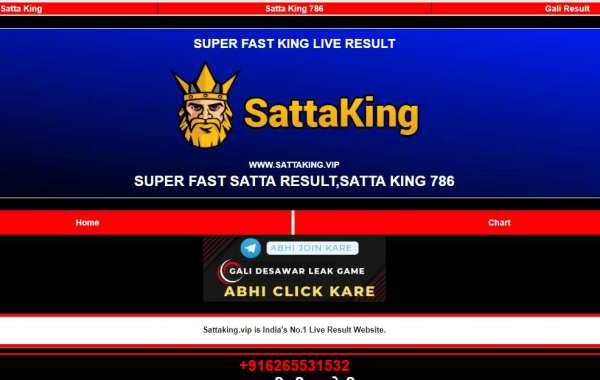In the context of employment and workforce management, the terms "manpower" and "labor" are often used interchangeably. However, there are distinct differences between the two concepts. Understanding these differences is crucial for effective workforce planning and management. Recruitment agencies play a vital role in bridging the gap between manpower and labor by strategically sourcing, vetting, and placing the right candidates in the right roles. Here’s a detailed look at what sets manpower and labor apart.
Definition and Scope
Manpower
Manpower refers to the total number of people available to perform work, including all levels of employees, from entry-level positions to top management. It encompasses both the quantity and quality of the workforce, considering factors like skills, expertise, and experience. Manpower planning involves forecasting the organization’s future needs and developing strategies to meet those needs through recruitment, training, and development.
Labor
Labor specifically refers to the workforce engaged in physical or manual work, often associated with lower-skilled jobs. It typically includes workers in sectors such as construction, manufacturing, agriculture, and other industries requiring physical effort. The term labor focuses more on the quantity of workers and their capacity to perform tasks rather than their skill levels or expertise.
Qualitative vs. Quantitative Aspects
And
- Qualitative Aspect: Manpower considers the skills, qualifications, and capabilities of the workforce. It emphasizes the need for a diverse set of competencies to meet organizational goals.
- Strategic Planning: Manpower planning is a strategic process that aligns the workforce with the long-term objectives of the organization. It involves identifying skill gaps and implementing training programs to develop the required competencies.
Labor
- Quantitative Aspect: Labor focuses more on the number of workers available to perform tasks. It’s concerned with having enough hands to complete the necessary work.
- Task-Oriented: Labor management is often more about ensuring that there are sufficient workers to meet production or project demands, with less emphasis on individual skills and career development.
Role of Recruitment Agencies
Recruitment agencies play a critical role in managing both manpower and labor by providing tailored solutions to meet organizational needs.
Manpower Recruitment
Recruitment agencies specializing in manpower focus on sourcing candidates with specific skills and expertise. They help organizations find professionals for various roles, from technical positions to managerial and executive roles. These agencies conduct thorough assessments to ensure that candidates meet the required qualifications and fit the organizational culture.
Labor Recruitment
Labor recruitment agencies focus on supplying workers for industries requiring physical labor. They often provide temporary or seasonal workers for construction, agriculture, manufacturing, and other sectors. These agencies manage large pools of workers and can quickly mobilize labor to meet urgent demands.
Impact on Organizational Success
Manpower
Effective manpower management is crucial for organizational success as it ensures that the right people with the right skills are in the right roles. This alignment enhances productivity, innovation, and overall performance. Organizations with robust manpower strategies are better equipped to adapt to market changes and drive sustainable growth.
Labor
Efficient labor management is essential for maintaining operational efficiency and meeting production targets. Having a reliable labor force ensures that projects are completed on time and to the required standards. Organizations that effectively manage their labor resources can reduce costs, increase productivity, and improve overall operational effectiveness.
Conclusion
While manpower and labor are closely related concepts, they serve different purposes in workforce management. Manpower encompasses the broader spectrum of the workforce, including skills, expertise, and strategic planning, whereas labor focuses on the physical workforce required for specific tasks. Recruitment agencies are instrumental in bridging the gap between these two concepts by providing tailored solutions to meet the diverse needs of organizations. Understanding the differences between manpower and labor is essential for effective workforce planning and achieving organizational success.








